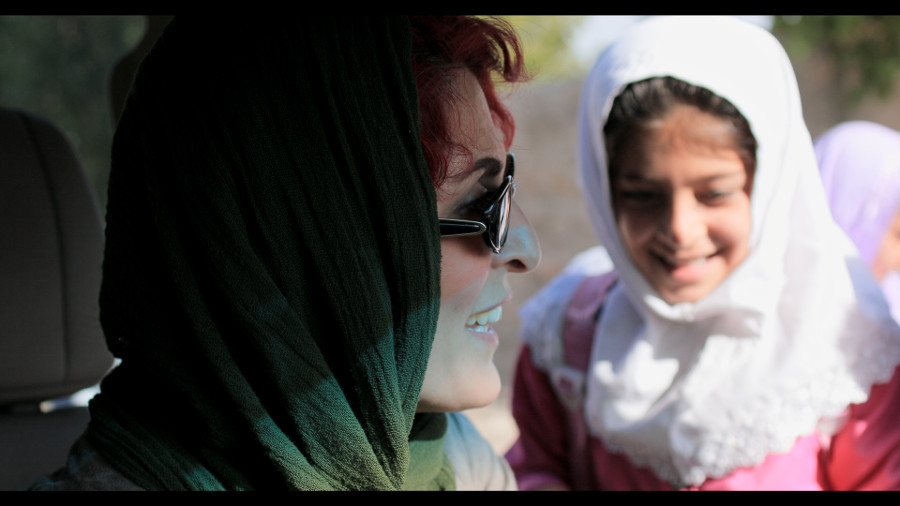Marziyeh Rezaei stands in a remote Iranian cave. Distress wells in her eyes as she stares into her phone’s camera. “Sorry for bringing you here.”
She reveals that she has fought her whole life to become an actress like her inspiration, the nationally-beloved Behnaz Jafari. After studying ferociously, she has been accepted into a national drama academy in Tehran. But her family stands in the way of her goals. They abuse her. Call her empty-headed. Tell her she’s a disgrace. And the rest of the town agrees.
As the recording nears its end, Rezaei places a noose around her neck, and prepares to end her life.
This opening sequence to Jafar Panahi’s new film, 3 Faces, sets a compelling tone for an exploration of what it means for Iranian women to pursue a career in entertainment. This is not just an Iranian story, however. While the location and customs presented undoubtedly belong to the nation, the story’s themes will resonate with any audience that appreciates the sacrifices made by those who shirk the life others demand they lead.
Like in other Panahi films, 3 Faces features main characters playing a fictionalised version of themselves. At its heart are the titular three faces of cross-generational actresses. There’s Rezaei, the aspiring actress (who is appearing here in her first film), Jafari, the modern star, and
Shahrzad, a pre-revolution performer whose fall from grace and subsequent retirement to the Rezae’s village is treated disdainfully by the locals. Ironically, her face never appears on camera, but her presence is nonetheless importance. Unsurprisingly, Panahi too plays himself. It’s to his phone that Rezaei’s video is delivered, and in his car that he joins Jafari in order to discover the girl’s fate.

Arriving in Rezaei’s village, they find the truth obscured by its people’s cultural machinations. If she has committed suicide, nobody is willing to admit it to these outsiders, such is the shame they collectively feel about her choice of career. There’s no malice in their abuse of Rezaei; their embarrassment is solely the result of ignorance bred by tradition. Panahi’s critique of this is explicit, and captured perfectly in the village’s hypocrisy. While they are ruthless towards Rezaei, and mock Shahrzad’s fall from stardom, they are as fascinated by Jafari’s celebrity as much as anybody could be. They ask for autographs, want to know how her show’s latest season will end, and are so happy to have her eat at their cafe that they don’t let her pay. It goes to show just how perverted their antiquated ideologies are, and just how difficult it is to make such people aware of their failings.
Cinematographer Amin Jafari captures this journey with a patient pace that is carried into the edit. There are limited cuts, with the camera preferring to rest on the character’s faces, or to slowly pan across the mountainous vistas.
Ever the optimist, Panahi ends 3 Faces as hopefully as such a story could end. While it’s certainly not as impactful as the three other films he’s made since his home arrest and subsequent ban from filmmaking in 2010, and it’s missing his trademark sense of humour (the scene in which Jafari is presented with the foreskin of a local child notwithstanding), his work remains some of the most approachable coming out of Iran today. There’s a reason the government doesn’t want him making movies: his depiction of the country is often brilliantly damning. That remains the case here, making 3 Faces well worth watching.
—
3 Faces opens at ACMI on May 2nd.
